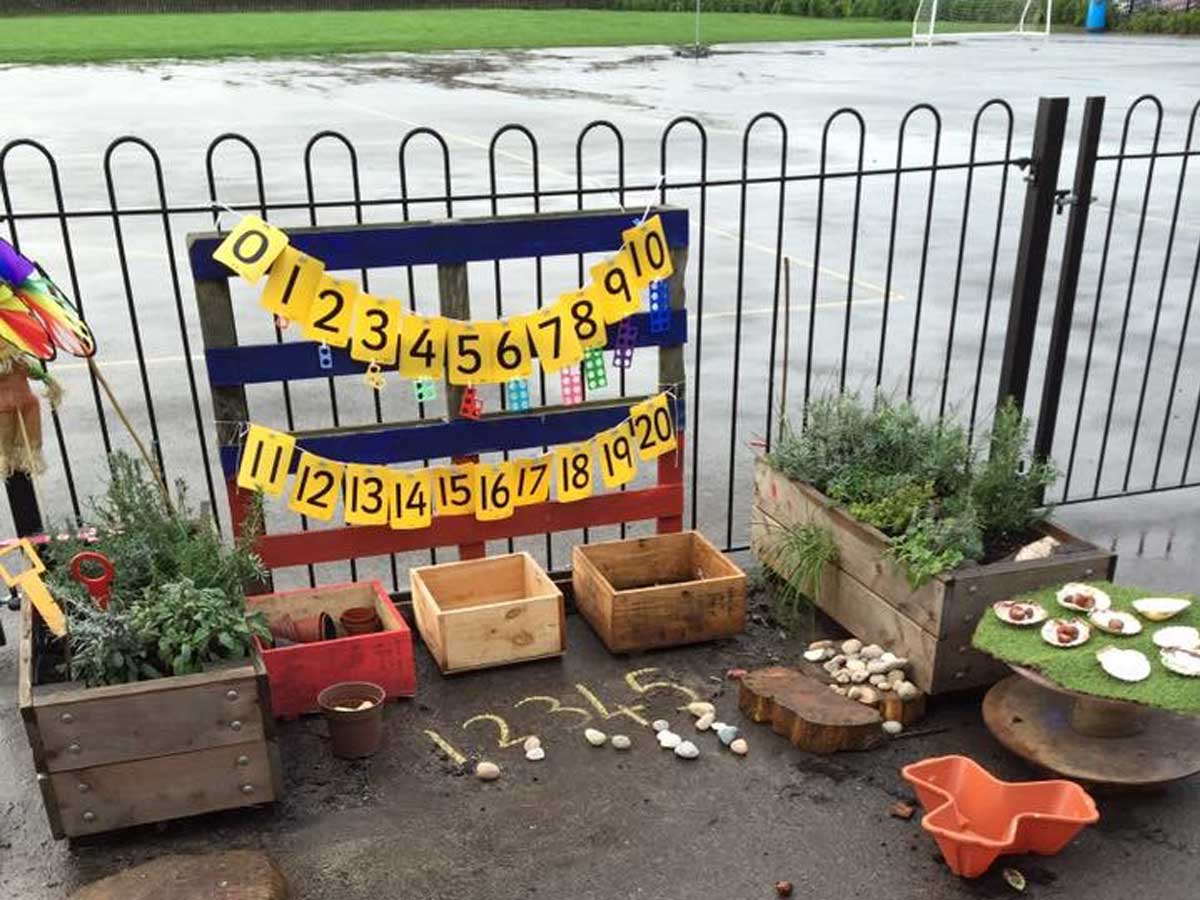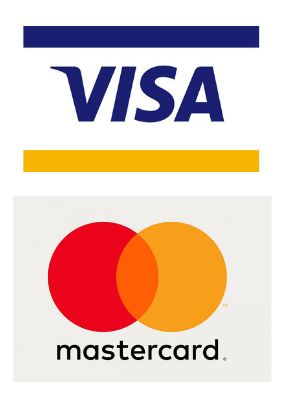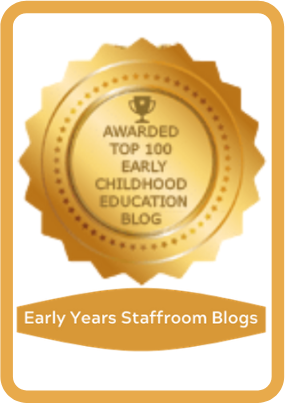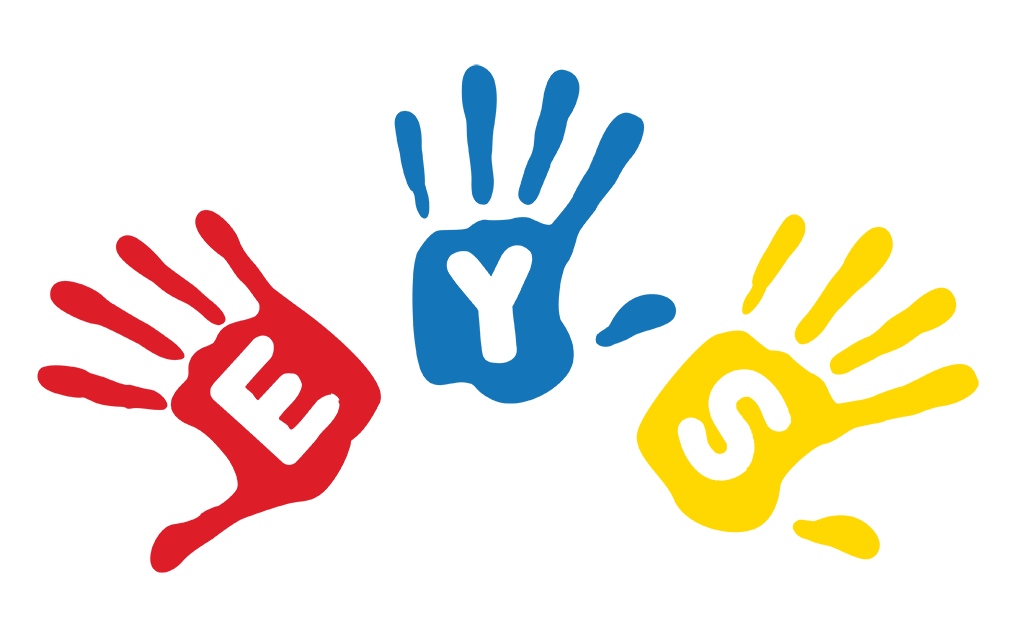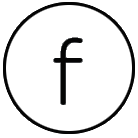Objective led planning or In the moment planning? I have seen a few posts recently asking about the difference between these two planning models as a teaching method in Early Years so I thought it would be a good idea to explain the different methods.
Objective led planning
Objective led planning Is a term born from Alistair Bryce Clegg; Education Consultant and Early Years Author. It is where you target a small group of children who are heading towards the same objective. You enter their play, taking the objective that you want them to achieve and steer it into the play. It is an alternative to calling children to you, interrupting their play. For example, you want children to count to 20, so you develop a game that children are already playing like power rangers to incorporate that objective by playing with them. This might be suggesting they count to 20 while the baddies escape before they try to find them! We have created some an Objective Led Planning Template’s to use with this style of teaching. You can also use our targets for Maths to take into play as a prompt for areas to focus. The important thing to remember is to keep notes of your evidence and notes on where the children’s next steps are. This type of planning gives you an excellent knowledge of where all the individual children are and where they need to go. When children are displaying high levels of involvement and they are interrupted for a different activity and then go back to what they were doing can be detrimental to learning as it can take around half an hour to ‘get back in’ those high levels of learning. Think about a time when you have got into a ‘flow’ after a lot of procrastination and you are really involved and then someone interrupts you, for example, by knocking on your door, it then takes that same period of time to get back into the ‘flow’ and it is the same for children.
In the moment planning
In the moment planning is a term derived from Anna Ephgrave; Early Years Trainer and Author. In the moment planning is as it says, ‘planning in the moment’. To do this you need to have a really good grasp of the Development Matters and all the objectives for each area of learning before you start. It is essentially facilitating play, extending it, planning next steps and facilitating next steps at the time. Therefore, covering whatever objectives come up at the time which usually ends up being many. Therefore the learning is far greater than an adult led activity covering a single set objective.
Case Study: A child is outside singing on the stage, he is making up his own song, usually a reluctant writer (you can imagine what would happen if you called him to a table to write!) he would switch off. The Teacher sits and watches for a few minutes. She listens to the song he has created as he sings with confidence and passion into the microphone. He is testing out various words in the song. The Teacher asks him “How will you remember the words to your song if you are going to perform it to your friends?”. He ponders for a short time and the teacher suggests we would write it down. His face lights up and he gets a clipboard and pencil to start enthusiastically writing the song lyrics. As he sounds the words out the Teacher is there to support him. He later goes on to sing the song to his friends.
As you can see from this case study, many objectives are covered at the same time and the practitioner can continue on extending the play in a natural way and the child is learning in a purposful way.
Recording planning in the moment?
With ‘in the moment’ planning many objectives can be reached as well as the characteristics of effective learning. Children work with the adults to extend and develop themselves as they go. It is a good idea to do the retrospective planning so that you still have evidence for Ofsted when doing in the moment planning but it is not a requirement if you are particularly confident in explaining this approach.
Finally
Both approaches are far better for engaging children than calling children away to a table to do a completely different activity for example; writing a sentence about the latest topic. There is no right or wrong way. You must do what is best for your children and your setting.
